Off the Grid, On the Edge: Exploring the Mojave Without Destroying It
Exploring the Mojave without destroying it is important, but how? Let’s talk about what it means to travel on the edge, in the thrill of freedom, while protecting what makes the Mojave so extraordinary. There’s a moment that happens just as the pavement ends and the dirt road begins. Your tires crunch over gravel, the city vanishes in the rearview, and a strange, sacred silence falls over everything. You’ve gone off the grid, maybe for the first time in years.
You’re headed into the Mojave Desert, toward something wild, raw, and unforgettable. But in that same moment, there’s another truth: the land you’re entering is ancient, fragile, and alive. The Mojave isn’t just a backdrop for your off-road adventure. It’s a living ecosystem, home to creatures that have survived millennia of extremes, to cacti older than our cities, and to spiritual spaces that deserve our respect.
Exploring The Mojave Desert: More Than Just Sand
When people imagine the Las Vegas desert, they often picture endless dunes or harsh wastelands. But that image barely scratches the surface. The Mojave is a world of contrasts, heat and stillness, danger and serenity, resilience and delicacy. It’s where Joshua trees stand like ancient sentinels, where sunsets stretch in colors you didn’t think nature could create, and where silence is so complete, it feels like a sound all its own.
This land is alive with desert tortoises that move slowly but have been around longer than most highways. It’s home to foxes, owls, lizards, and plants that bloom once a year, for just a few hours, waiting patiently for rain. What may look empty from a car window is actually pulsing with life. To explore here is a privilege. And with privilege comes responsibility.
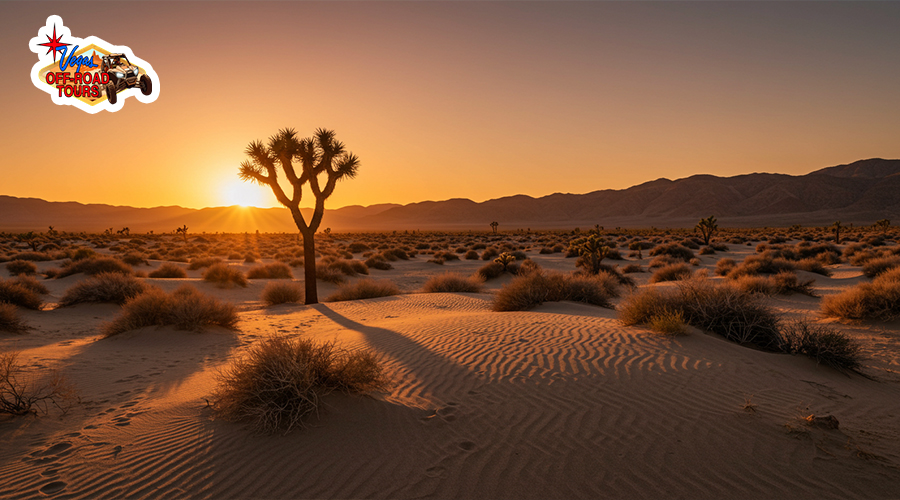
Off-Roading and Outdoor Freedom: The Double-Edged Thrill
Let’s be honest: going off-road in the Las Vegas desert is exhilarating. Whether you’re in a roaring ATV, a 4×4 truck, or simply hiking beyond cell signal, there’s a primal joy in getting off the grid. It’s why so many adventurers flock here, to feel untamed, to lose track of time, to chase sunsets across ridges with nothing but a compass and grit.
But too often, that freedom comes at a cost.
Every time we stray from designated trails, we risk crushing delicate crusts of desert soil, soil that can take centuries to regrow. Every time we leave behind a wrapper, a tire track, or a forgotten fire ring, we mark the land in ways it may never fully recover from. And the tragedy? Most people don’t even know they’re doing it. They don’t realize that tire marks don’t fade. That feeding wildlife, even with good intentions, changes their instincts. That carving initials into red rock isn’t memory-making, it’s erosion.
So what does responsible exploration really look like?
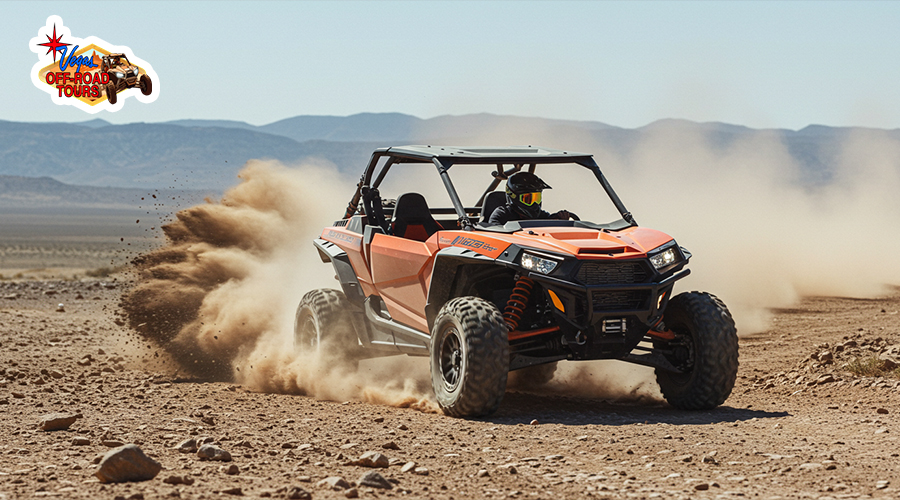
Traveling Light, Leaving Lighter
One of the greatest gifts you can give the Mojave is your absence after you’ve passed through. That means leaving no trace, not of your vehicle, your snack wrappers, your playlists, or even your footprints, if you can help it.
Yes, there are designated trails, and yes, they’re there for a reason. Stick to them. Not just because a ranger says so, but because that’s where the land has been made ready to receive our impact.
When you stop for a break or a photo, step carefully. Avoid soft or crusty ground. Pack out what you pack in, and if you find someone else’s trash, consider packing it too. The desert doesn’t have a cleanup crew. We are the stewards, whether we intended to be or not.
Even your sound matters here. Loud engines and music echo for miles. Animals hide, birds abandon nests. Keep your volume low and your awareness high. You’re not alone in the desert, even if it feels that way.
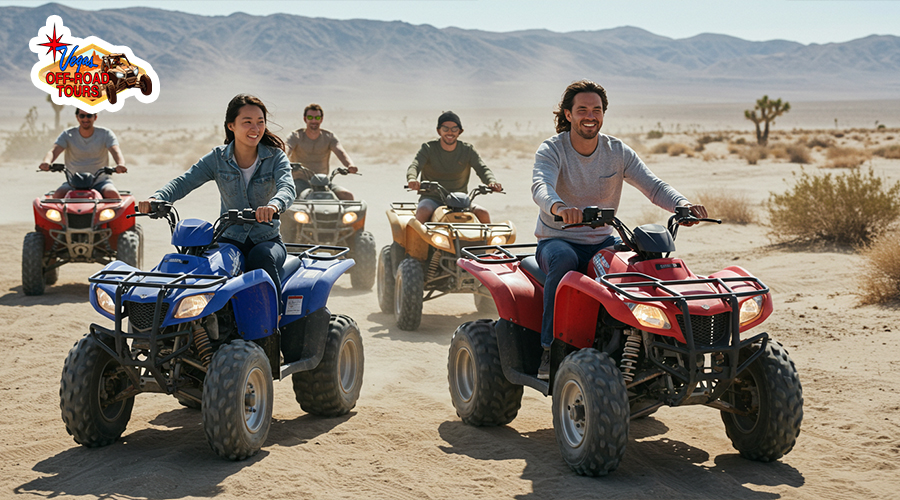
Respecting the Spirit of the Land
There’s a kind of sacredness to the Mojave that goes beyond science or trail maps. Indigenous peoples have lived in and with this land for thousands of years. Every trail you ride may pass by ancient petroglyphs, sacred burial sites, or locations that hold meaning so deep it can’t be explained in words.
One of the most damaging mistakes visitors make is assuming that because they’re far from the city, they’re in a blank space. But nothing here is blank. It’s full of memory, myth, and spirit.
If you come across a site that seems ancient, admire it from a distance. Don’t climb it. Don’t touch the artwork. Don’t move rocks or artifacts. Take only photos, and only if the space feels like it welcomes them. Some places are meant to be seen, not captured.
Ask questions. Learn from the local communities and guides who have inherited this knowledge. The more you understand the Mojave’s cultural richness, the more meaningful your adventure becomes.

Reimagining What Adventure Means
Too often, the word “adventure” is tied to conquest, to going farther, faster, wilder. But the desert teaches us a different lesson. Here, adventure is about presence. It’s about listening, to the wind, the silence, the stories embedded in stone.
You don’t need to carve a new path to have a powerful experience. You need to feel where you are.
So slow down. Stop at the top of the ridge. Let the view stretch into your soul. Let your kids climb a rock not to conquer it, but to feel small and amazed. Let the desert reset your idea of wonder.
The Power of Conscious Travel
The Mojave doesn’t need you to stay away. It wants you to come. To love it. To be changed by it. But it needs you to show up with open eyes and a humble heart.
You can still go off the grid. You can still feel the thrill of the edge. But do it knowing you are part of a larger story, one that began long before you and will, hopefully, continue long after.
When you travel with that kind of awareness, the Mojave gives you something back: clarity. Connection. A deeper understanding of how wildness and responsibility aren’t opposites, they are partners in the dance of truly meaningful adventure.
Final Thoughts: Be a Guardian, Not Just a Guest
The Las Vegas desert is a miracle hiding in plain sight. A place where freedom and fragility live side by side. You don’t have to choose between the edge and the Earth. You just have to be mindful of where you put your feet, your wheels, and your energy.
Next time you feel the call to go off-road, ask yourself: What kind of mark do I want to leave behind? Let your mark be invisible. Let your journey be unforgettable. Let your story be one that others can follow without harm.
Because the Mojave deserves to be explored, not exploited.
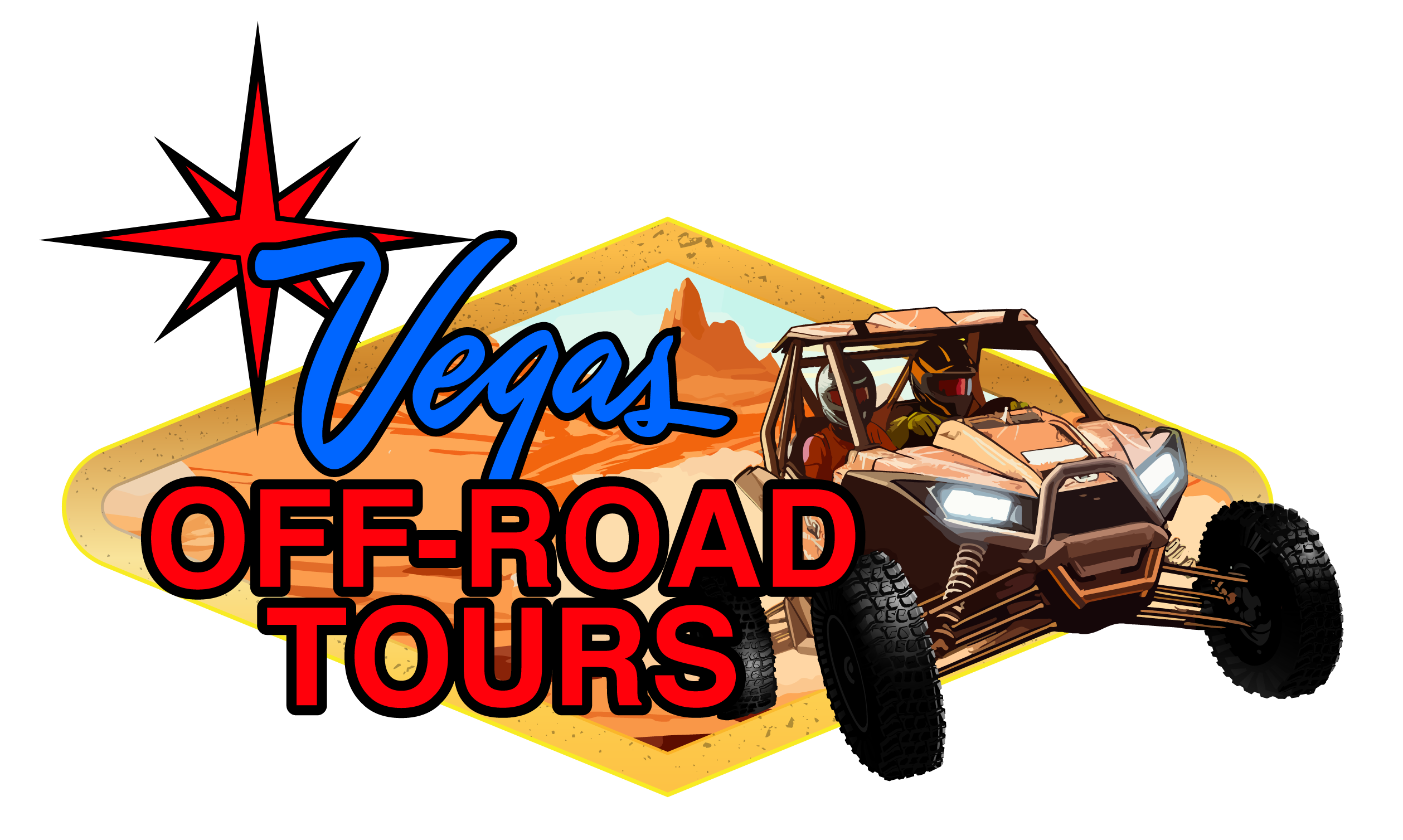
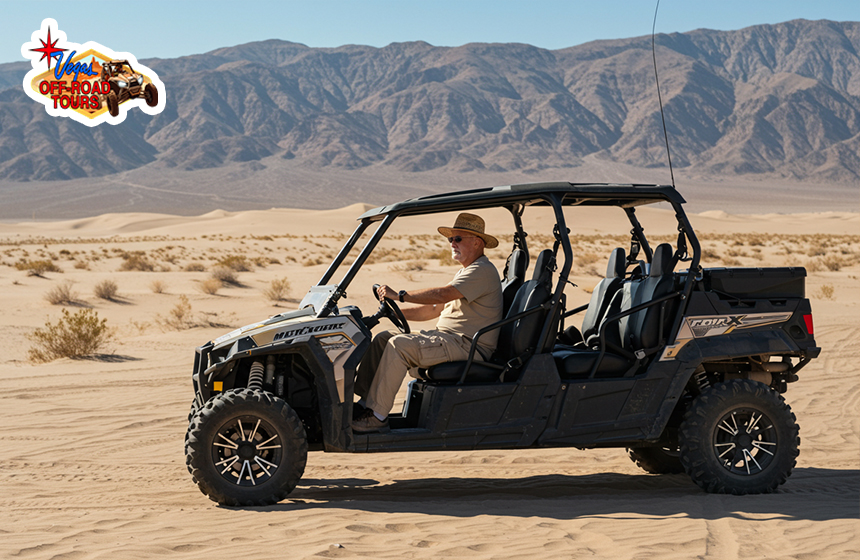
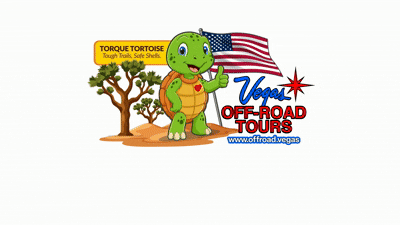
2 Comments